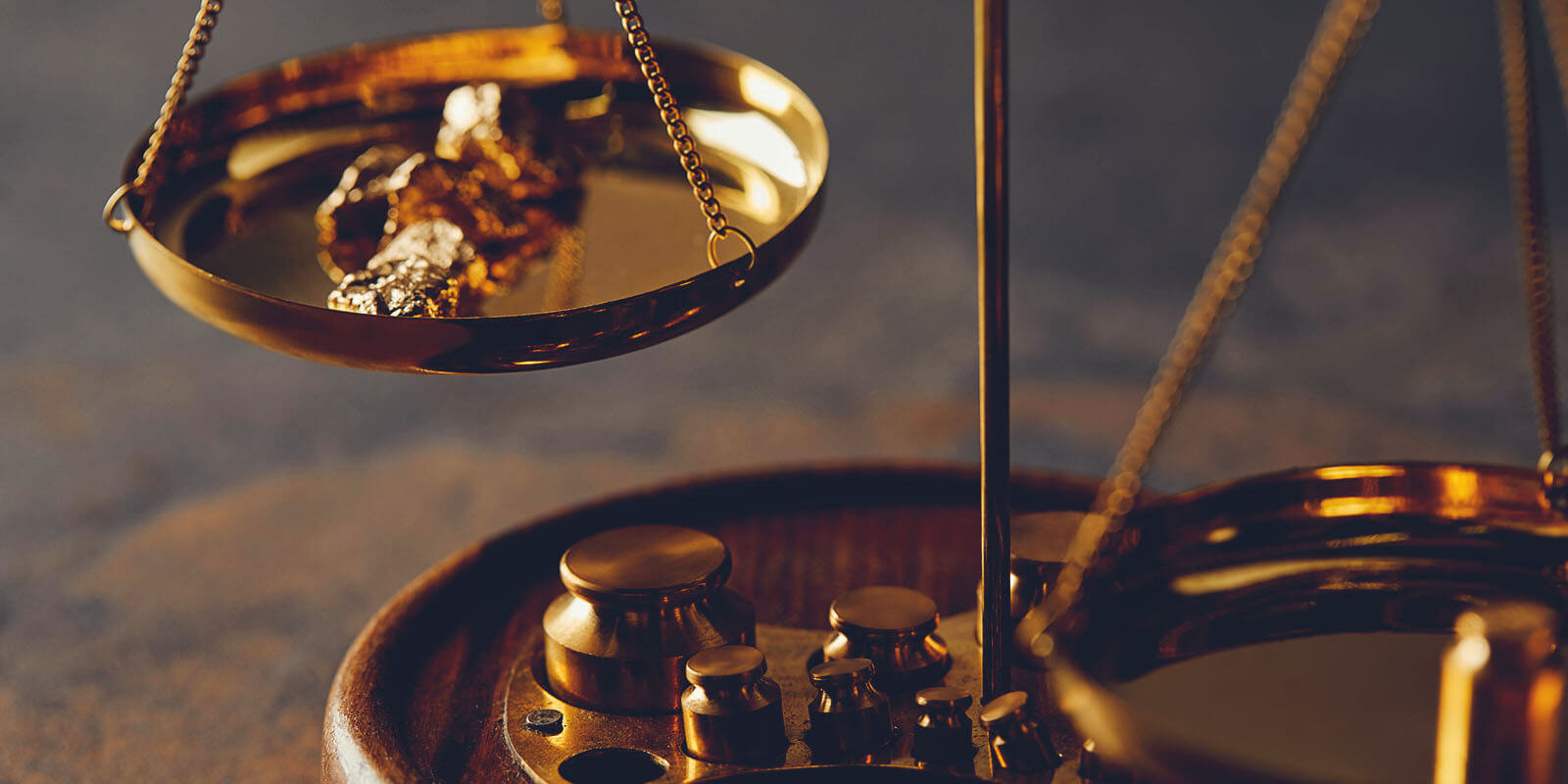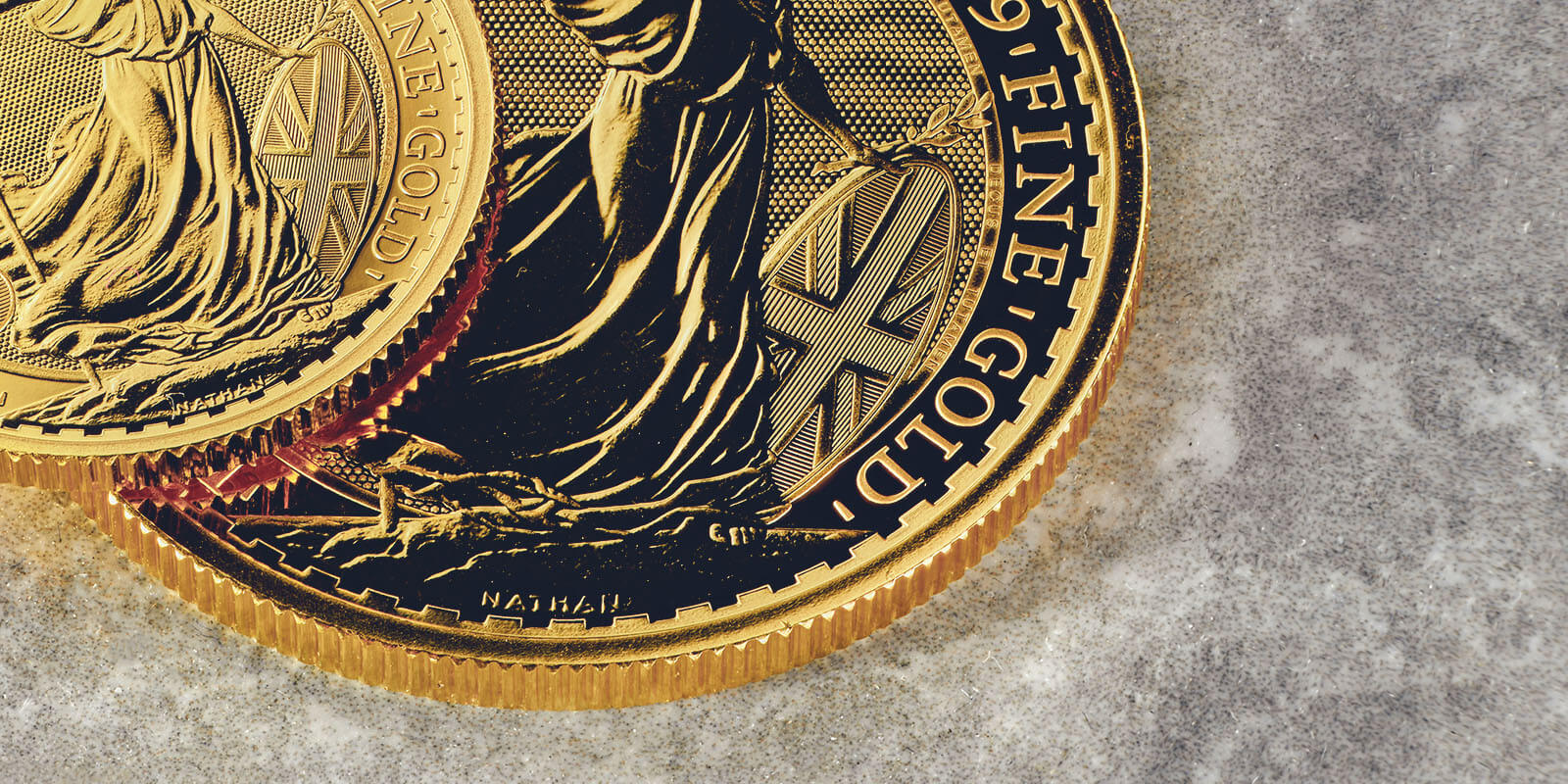When you buy or sell precious metals such as gold, silver or platinum, you usually base the value of the transaction on the weight of the precious metal they contain. For example, a common weight seen is one troy ounce, for both coins and bars. Most precious metal spot prices are expressed in troy ounces, so the current price per ounce would show the value of one troy ounce of the precious metal.
With this said, when discussing weights and measures, most people will be unfamiliar with ‘troy ounces’, as it is not a system of weight used in other areas. When cooking, for example, weights are generally specified today in grams. Confusingly, if you looked at a recipe from the 1950’s, it may indeed specify ounces, but these ounces are not the same as a troy ounce.
How Much is a Troy Ounce?
When expressed in grams, one troy ounce is 31.1035 grams (g). The main difference between a troy ounce and a ‘normal’ ounce is that a troy ounce contains about 2.75g more than an ounce. The full weights are shown in the table below, with a comparison in grams:
|
Weight |
Weight in Grams |
|
1 ounce |
28.3495 |
|
1 troy ounce |
31.1035 |
When buying bullion coins, and some bars, the weight is expressed in troy ounces. For those new to the process, this may prove an initial hurdle as many dealers will not explicitly state ‘troy ounces’ next to a product, referring to it instead as an ounce. Although this is the case, generally speaking whenever dealing with precious metals, the weight will be expressed in troy ounces for coins and grams or troy ounces for bars.
Where Did This Originate?
Here in the UK, before we adopted the metric system, we used, and still do to some extent, a system called the avoirdupois system. The name comes from Anglo-Norman French and means ‘goods of weight’. It is based on pounds and ounces and there are 16 ounces to one pound.
However, around medieval times when traders were bartering for goods, all precious metals were weighed using the troy system, not the avoirdupois system. The troy system uses pounds and ounces too, but there is one major difference; an avoirdupois ounce equals 28.35 grams, whereas a troy ounce weighs 31.10 grams. This means one troy ounce is equivalent to approximately 1.09714 avoirdupois ounces. We still use the troy system today, especially when weighing precious metals.
Do Precious Metal Weights Differ in Other Countries?
Although the system of troy ounces can be confusing, it was originally brought in to avoid confusion and ensure that everyone across the world uses the same unit of measure when it comes to precious metal trading. However, although this unit of measure is recognised internationally, some countries still show a preference to other units of measure.
Throughout much of Asia and particularly in India, a weight of measure called the ‘Tola’ is standard for weighing gold. Tola means ‘weight’ and the name has its roots in Sanskrit. A tola weighs 3/8 of a troy ounce, or 11.6638038g.
Other countries have various systems for weight, and they differ in the number of grams, depending on the country. For example, some parts of the world still have the Pennyweight, which they use to weigh precious metals or jewellery. This is equal to 1.555g or 1/20th troy ounce. This system was used previously in the United Kingdom, but lost its status in the weights and measures act of 1878.
In South East Asia, China and Hong Kong, a system called the Tael, or Tahil is used. The Tahil has different weights depending where it is used. In mainland China, one Tahil is equal to 50 grams, whereas in Hong Kong and Singapore it is 37.799 grams, so there is quite a difference. In Thailand, they use the Bhat, which is equal to 15.244 grams.
Grains of wheat were traditionally used as weights by measuring the grain from dried kernels. It is the smallest unit of weight used in troy and avoirdupois systems. Jewellers would use a system called the Jewellers Grain to measure precious stones before the use of the carat came into being. A Jewellers Grain is equal to one quarter of a carat.
Buying Precious Metals
When purchasing from a bullion dealer such as The Royal Mint, the amount of a particular precious metal within the coin or bar will be specified. For example, the gold bullion Sovereign contains 0.2354 troy ounces of gold at 916.67 purity, whilst the Half-Sovereign contains 0.1407 troy ounces. Although this is the case, this is not the weight of the coin, but the weight of the precious metal within it.
There are other ways to invest in precious metals which rely slightly less on weight as a main focus. The Royal Mint’s physically-backed digital offering, DigiGold, provides another convenient way to invest in precious metals. DigiGold enables you to buy gold, silver or platinum by value, rather than weight, giving you the flexibility to buy a fraction of a large 400-ounce bar for a minimum of £25. The bars are stored securely in The Vault ® at The Royal Mint, and you are able to buy, store and sell at your convenience.



